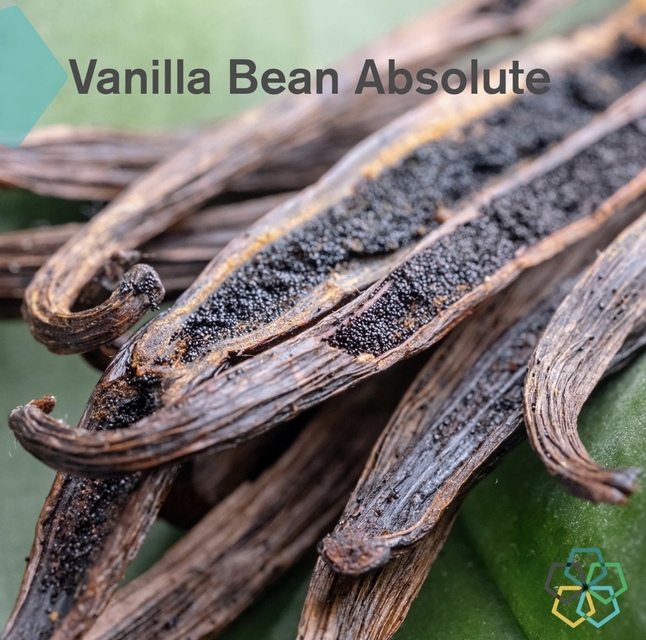
What are they and how do they work?
Essential oils are highly concentrated plant extracts that capture the natural fragrance and beneficial properties of the plant. They are often described as the “life force” or “essence” of the plant because they contain the most potent components that contribute to the plant’s health and resilience. These oils are used for a variety of purposes, from personal wellness to household cleaning.
How are they extracted?
- Steam Distillation: This is the most common method for extracting essential oils. In steam distillation, steam is passed through plant material, which vaporizes the essential oil. The steam and vapour are then cooled and condensed back into liquid form. The essential oil is separated from the water, resulting in pure aromatic oil.
- Cold Pressing: This method is primarily used for citrus oils like Lemon, Orange and Lime. Cold pressing involves mechanically pressing the rinds of the fruit to release the essential oil. The oil is then separated from the juice and pulp. This process preserves the delicate, fresh aroma and beneficial compounds of the citrus oils.
- Solvent Extraction: This process allows for the extraction of oil from very delicate plants, like jasmine flowers. The resulting oil is known as an absolute, which is distinct from other essential oils. In solvent extraction, plant material is placed in a tray and treated with a special solvent. This solvent dissolves the lipids in the plant material, capturing the essence of the plant.
How do they work?
1. Absorption through the skin: When essential oils are applied topically, they penetrate the skin and enter the bloodstream. Here’s how it works:
- Skin Layers: Essential oils first interact with the outer most layer of the skin, the epidermis. They can diffuse through the skin’s lipid layers and hair follicles.
- Dermal Absorption: Once they penetrate the epidermis, they reach the dermis, which contains blood vessels. From here, essential oils can enter the bloodstream through these capillaries.
- Lipophilicity: Essential oils are lipophilic (fat-loving), which helps them pass through the lipid rich skin layers and into the bloodstream.
Once in the bloodstream, essential oils can circulate throughout the body, affecting various systems:
- Metabolism: Essential oil compounds are metabolised in the liver, and their effects can be modified by enzymatic processes.
- Excretion: The metabolites are then excreted through urine, sweat or faeces.
2. Inhalation and the Respiratory System: Inhalation is another common method of using essential oils:
- Olfactory System: When you inhale essential oils, the volatile compounds are carried into the nasal cavity, where they interact with the olfactory receptors. This can have immediate effects on the mood and emotions.
- Pulmonary Absorption: Essential oil vapours can also enter the lungs and be absorbed into the bloodstream through the alveoli, the tiny air sacs in the lungs.
3. Blood-Brain Barrier: Essential oils are thought to influence the central nervous system by crossing the blood-brain barrier (BBB). The tight gap between the cells of your BBB, known as tight junctions, allow only small molecules, fat soluble molecules and some gases to pass freely through the capillary wall and into the brain tissue:
- Molecular Size and Structure: Some compounds in essential oils are small and lipophilic, which aids their ability to cross the BBB. The barrier is selectively permeable, allowing certain substances to pass through while blocking others.
- Transport Mechanisms: Essential oils might influence the BBB by interacting with transport mechanisms or altering the permeability of the barrier, although this is a complex and not fully understood process.
Why Choose Pure, Therapeutic Grade Essential Oils?
The quality of essential oils can vary significantly depending on their source and extraction methods. DoTERRA’s essential oils are known for their purity and potency, thanks to rigorous testing and quality control.Here’s why pure, therapeutic grade oils are important:
- Potency and Effectiveness: Pure essential oils retain the full spectrum of the plant’s beneficial compounds. This means they are more effective in providing the therapeutic benefits you seek.
- Safety: Therapeutic grade essential oils are free from synthetic additives or contaminants, making them safer to use for your health and wellbeing. They are tested for purity and potency, ensuring you get the true essence of the plant.
- Therapeutic Benefits: Pure oils provide a richer experience in healing and supporting your wellness, as they contain a broader range of compounds that can affect mood, stress levels and physical wellbeing.
For your health and safety, only use Therapeutic Grade Essential Oils as they are absorbed into your body. They are able to influence multiple pathways providing both physical, mental and emotional relief. Essential oils are affordable, effective and safe to use for the whole family from infants to elderly. For advice on how to use essential oils to support your wellbeing journey please contact me. Consultations are available in person or via Zoom.
-(2).png)
Leave Comment Below